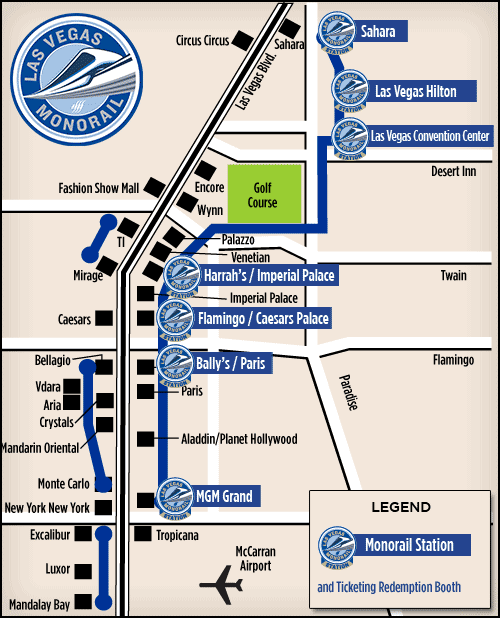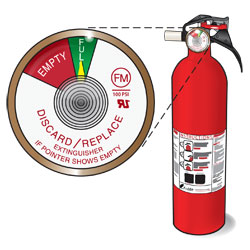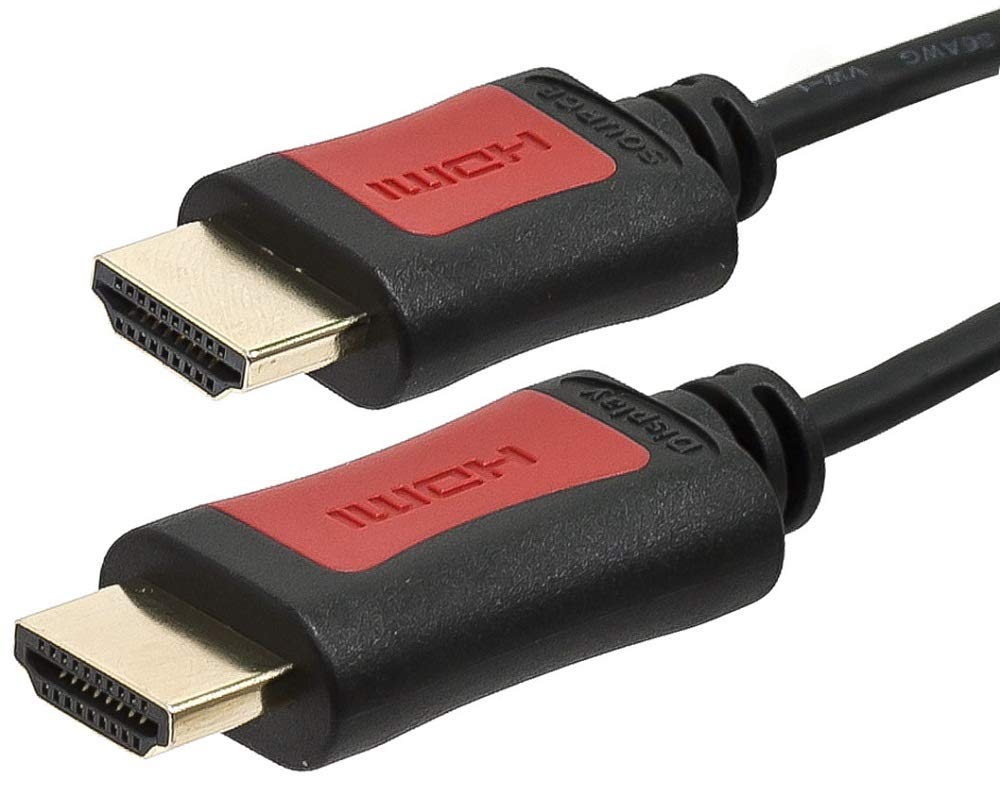This is the stupidest mass transit system in the U.S. The Las Vegas monorail runs behind the big hotels on the east side of the Las Vegas Strip; however, the majority of the big hotels are on the west side of the Strip and set back from the street. As a result, monorail stations are a long walk from most hotels. For example, from the entrance of Caesar’s Palace to the Caesar’s Palace Monorail Station is over 1/2 mile. From the Mirage, the monorail station across the street is over a mile away. How many tourists and convention goers are going to walk that far? But the route isn’t the stupidest thing about the monorail. The stupidest thing about the Las Vegas Monorail is that it ends across the street from the airport. The last station on the monorail is the MGM Grand hotel. From the MGM, you can see the airport across the street, but you can’t get there on the monorail, and you can’t walk there either. The entrance is on the opposite side of the airport, almost 2 miles away. The reason that the monorail doesn’t go into the airport is because the taxi and limo drivers in Las Vegas objected to the monorail going into the airport; however, the investors decided to go ahead and build it anyway. This is another example of: ‘What were they thinking?’ Predictably, the Las Vegas monorail went bankrupt after just a couple of years of operation, and there is still no plan to extend the monorail into the airport across the street from the last station.






